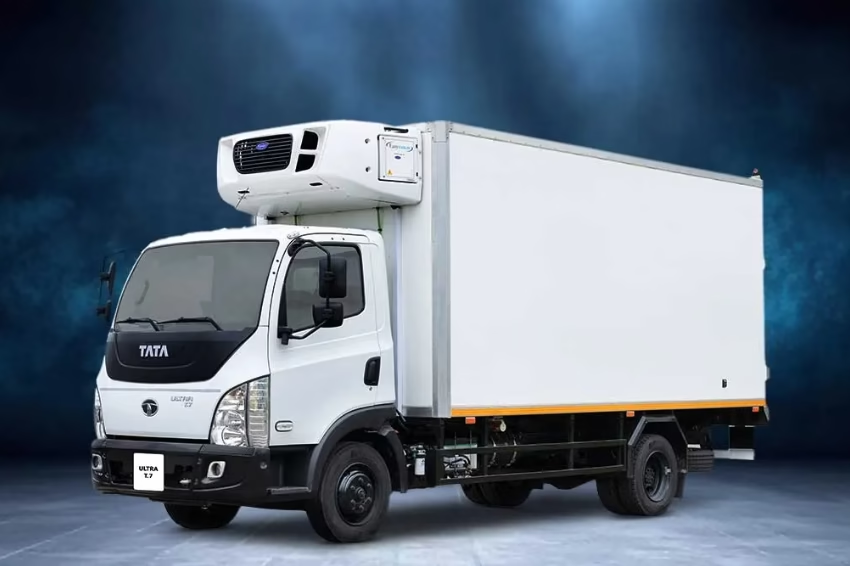Until the mid-1980s, computer numerical control (CNC) machines were only used in large industries that required a very high level of precision. Before the electronic age, such parts were laboriously made by hand. However, technological advances mean CNC machines are found in all industrial production sectors. For example, the industrial machining sector has evolved from manual machines operated by a worker to numerically controlled devices controlled by PLCs. People are now only needed to monitor the machine so that processes can thus be carried out without interruptions or breakdowns.
How is CNC manufacturing used?
CNC manufacturing is an erosion manufacturing process with machining and turning machines, such as grinders, drills, lathes and mills that incorporate two to three axes of rotation. It can be used on many different materials, including metal, plastic, foam, composites, and glass. This computer-controlled technology makes it possible to manufacture parts from an initial material which is then removed with cutting tools.
The CNC machining process employs a range of software applications, so the optimization, precision, and accuracy of the custom-designed part or product are guaranteed. Software applications include:
- CAD or computer-aided design
- CAM or computer-aided manufacturing
- CAE or computer-aided engineering
And integrated software programs combining two or all three are not unusual.
CNC manufacturing can be used for a multitude of applications:
- Precision engineering manufactured individually and in small series,
- Use of various materials: iron, stainless steel, aluminum and plastics, among others,
- Machining small molds and dies to manufacture injection or casting presses.
To the casual observer, a CNC system might look like a standard set of computer components. However, the software programs and consoles used in CNC machining set it apart from all other types of computation.
The advantages of CNC manufacturing
CNC machining enables higher production capacity and increased and refined precision. In addition, CNC machining offers many advantages:
Cost reduction
Thanks to the incorporation of CNC machines, it is possible to carry out complex operations without the intervention of a machine operator and in reduced times. This significantly reduces training costs for machine operators and also reduces human error.
High levels of security
Operations on CNC machines are performed by computer programs, so operators are not in direct contact or exposed to cutting tools. So that means operators are safe.
Execution of complex processes
CNC machines can perform complex processes that would otherwise require much more effort and time. Just install the machine and integrate the programs.
Waste reduction
Automatic chip removal results in cleaner workspaces. In addition, this method is the ideal solution for working metals in different forms, improving the management of cuts to make the best use of them. In addition, it is also easier to separate the different types of chips for later reuse or recycling. Finally, it should be noted that the CNC software integrates CAD (computer-aided design) and CAM (computer-aided manufacturing) operations. They thus allow the execution of the same process hundreds or thousands of times with the same level of perfection.






